Tackling the Growing Mountain of E-waste: A Global Perspective
A smartphone is used by three unique users, on average, before it becomes e-waste in India. Electronic waste, or e-waste, is the world’s fastest-growing waste…

A smartphone is used by three unique users, on average, before it becomes e-waste in India. Electronic waste, or e-waste, is the world’s fastest-growing waste…

Businesses are increasingly recognising the importance of sustainability and environmental responsibility. Investing in IT recycling programs can provide several key benefits. It enhances a company’s…

In today’s world, the proper management of electronic waste, or e-waste, is becoming increasingly important. Waste management companies are implementing cutting-edge techniques to recover valuable…

Before getting rid of an old computer, it is important to take several steps to ensure its safe and environmentally friendly disposal. These steps include…

As 5G technology becomes the new standard worldwide, the need for network recycling has become imperative. With its vast expansion and connectivity potential, 5G brings…
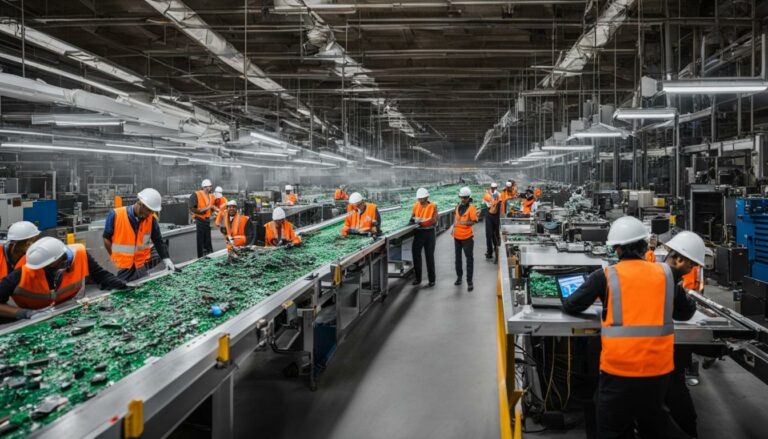
As we move towards a more sustainable future, the role of IT manufacturers in recycling efforts becomes increasingly vital. These manufacturers have a unique opportunity…

DIY Server Recycling can pose potential hazards and risks, particularly when it comes to data security. Companies often have a large amount of obsolete hardware…

Electronic waste is a growing concern worldwide, with the total e-waste generated estimated at 41.8 million tonnes in 2014 and expected to rise to approximately…

Recycling unwanted electrical and electronic equipment is essential for the environment. Lead and other toxins in these products can contaminate soil and water, causing harm…
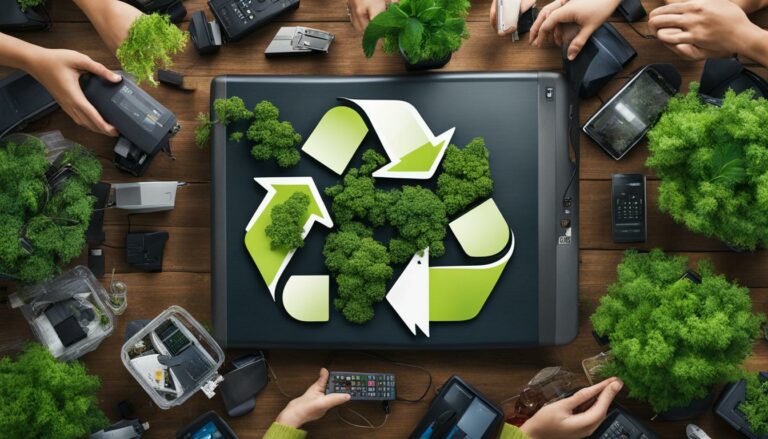
In today’s world, environmental activism and IT recycling go hand in hand. It is crucial to adopt sustainable practices when disposing of electronic waste to…
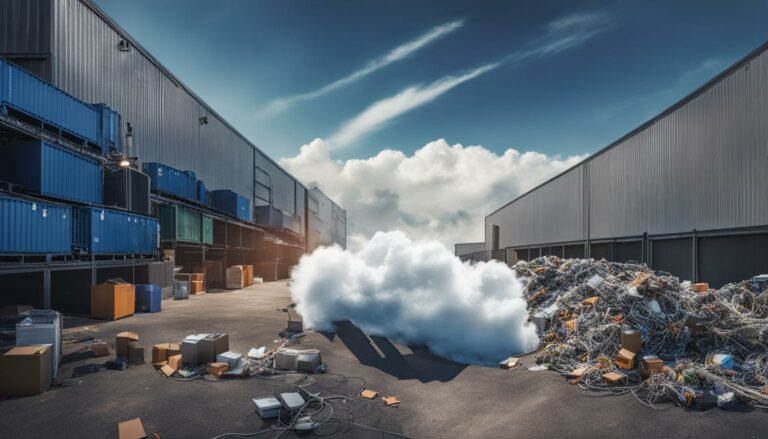
Cloud computing has revolutionized the way businesses store and access their data, but it has also brought about environmental concerns related to IT recycling. The…
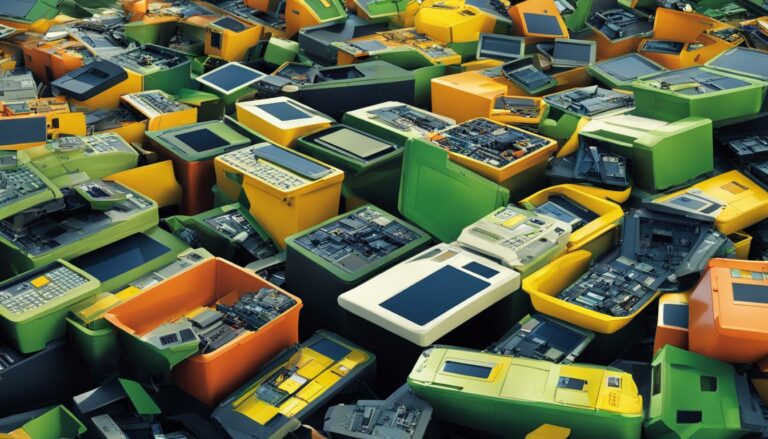
E-waste, or electronic waste, refers to discarded electrical or electronic devices. It is also known as waste electrical and electronic equipment (WEEE) or end-of-life electronics….
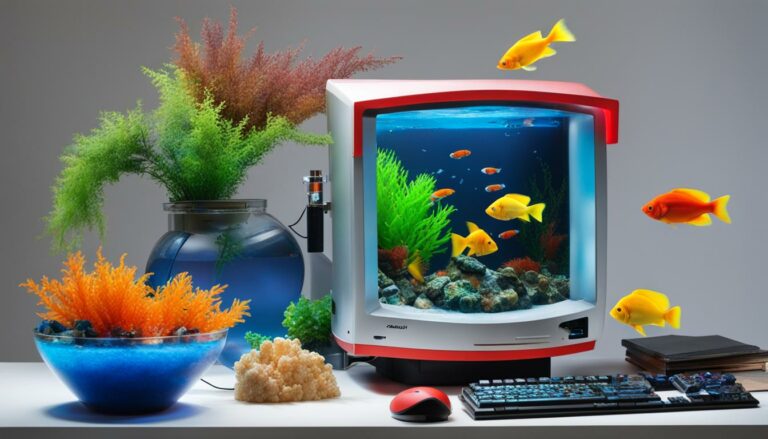
Repurposed IT equipment is more than just old machines. It’s about preserving the history of personal computing, making new discoveries, and embracing sustainability. Vintage computers…
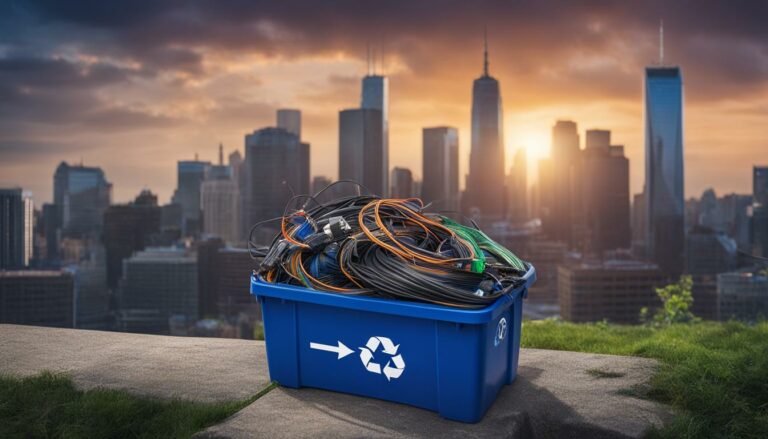
When it comes to disposing of network cables and accessories, it is important to follow best practices to ensure proper recycling and minimise harm to…
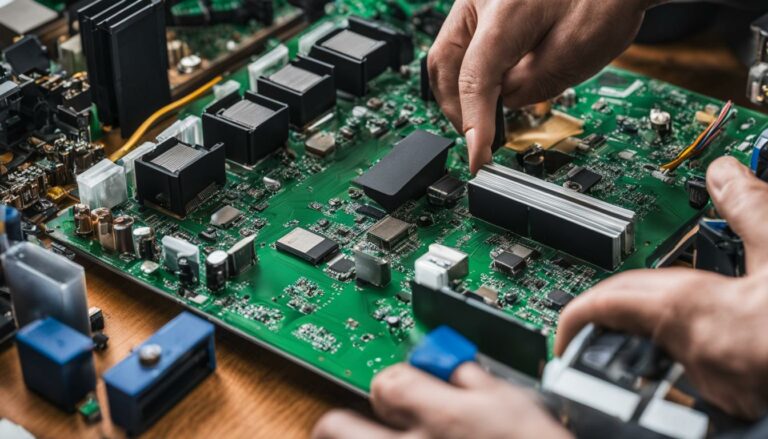
Computer recycling is the process of dismantling and separating components and raw materials from waste electronics. It involves separating high-value metals from low-value materials such…
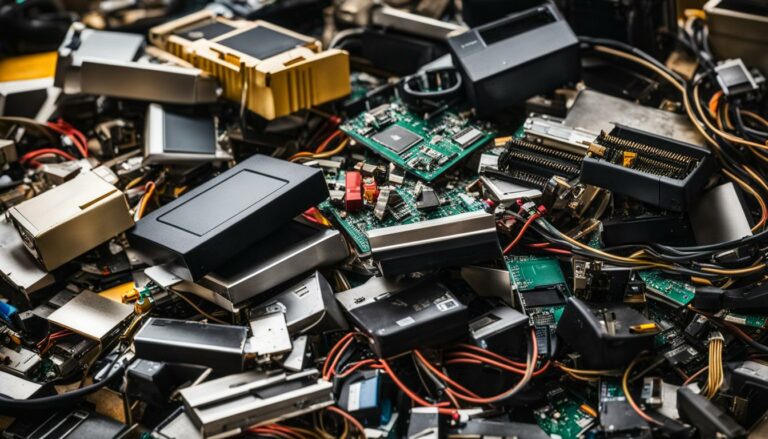
Corporate IT recycling is an essential step for companies to achieve sustainability and uphold their ecological responsibility. Improper disposal of IT assets can lead to…

In today’s rapidly evolving world of technology, the concept of the circular economy is gaining momentum. It offers a new perspective on how we consume…
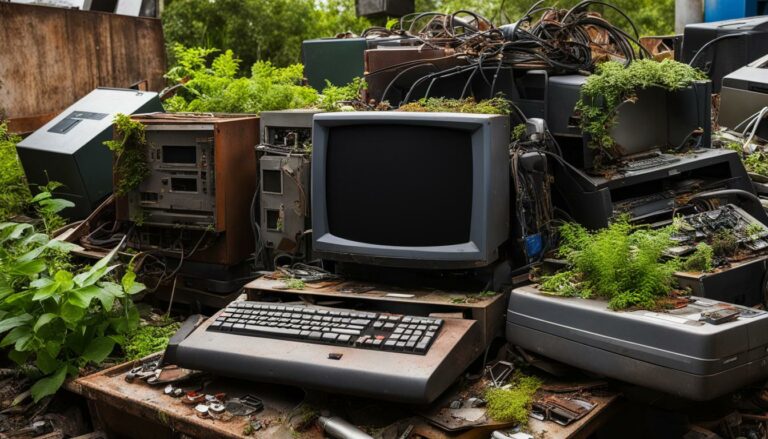
Old computers from the 1980s and 1990s, like the Macintosh SE, may seem outdated and obsolete by today’s standards. However, these machines played a significant…
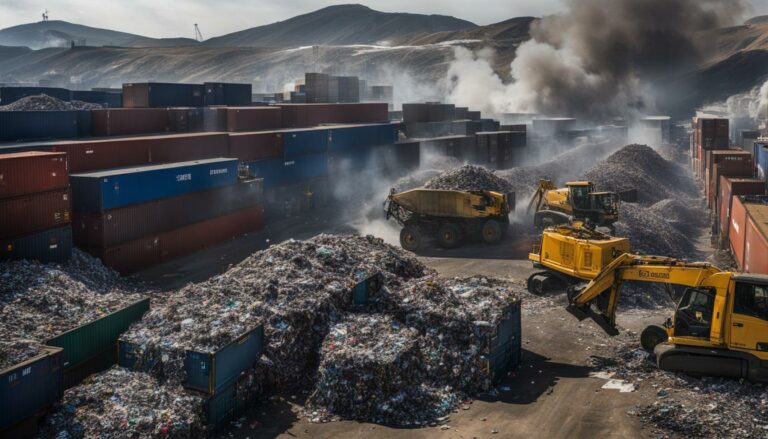
Electronic waste disposal is a pressing issue in today’s technology-driven world. As the reliance on IT equipment grows, so does the need for sustainable IT…

The COVID-19 pandemic has brought about changes in various fields, including the digital industry. The development of information and communication technology has accelerated the digitisation…
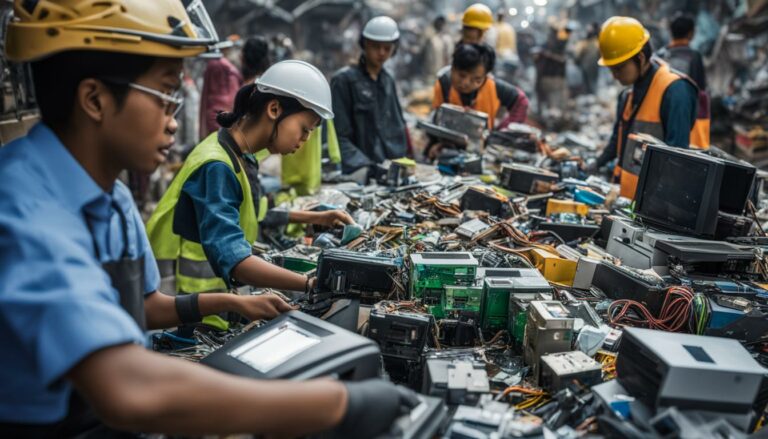
E-waste is a growing environmental and social concern, with the global generation expected to increase annually. Improper e-waste management leads to harmful effects on the…